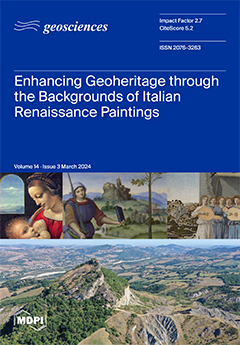Active faults are generally defined as faults that have moved in the past and will continue to be active in the future. They are expected to cause deformation and potential disasters if they are localized close to human activities. The definition and classification of active faults are important bases for evaluating the risk. This paper summarizes and compares the history, status, and progress of their definition and classification schemes used in representative countries and regions, as well as in some relevant standards, in active fault mapping, in the construction of spatial databases, and in some other aspects. It is concluded that the current geodynamic setting, existing technical means, geological operability, application purpose, and social acceptability of active faulting hazard in a specific area comprehensively determine the selection of the definition and classification. The key parameter in defining active faults is the time limit. It usually involves four time scales, i.e., Neotectonic (post-Neogene), Quaternary, Late Quaternary, and Holocene. The definition using a short time scale, such as Late Quaternary and Holocene, is usually suitable for the plate boundary zone, which has a high strain rate, but active faults in the intraplate deformation region and stable continental region should be defined with a long time scale, such as the Quaternary and Neotectonics. In addition, the magnitude standard can determine the activity intensity of active faults, which most generally includes three classes, namely, M ≥ 5.0 damaging earthquakes, M ≥ 6.0 strong earthquakes, and M ≥ 6.5 earthquakes that may produce surface displacement or deformation. The M ≥ 5.0 earthquake is generally applicable to regional earthquake prevention and risk mitigation in many countries or regions, but the M ≥ 6.5 earthquake magnitude benchmark is generally used as the standard in rules or regulations regarding active fault avoidance. The most common classification schemes in many countries or regions are based on fault activity, which is reflected mainly by the fault slip rate and fault recurrence interval (FRI), as well as by the last activation time. However, when determining the specific quantitative parameters of the different activity levels of faults, it is necessary to comprehensively consider the differences in activity and ages of the faults in the study region, as well as the amount and validity of existing data for the purpose of classifying different active levels of faults effectively.
Full article





